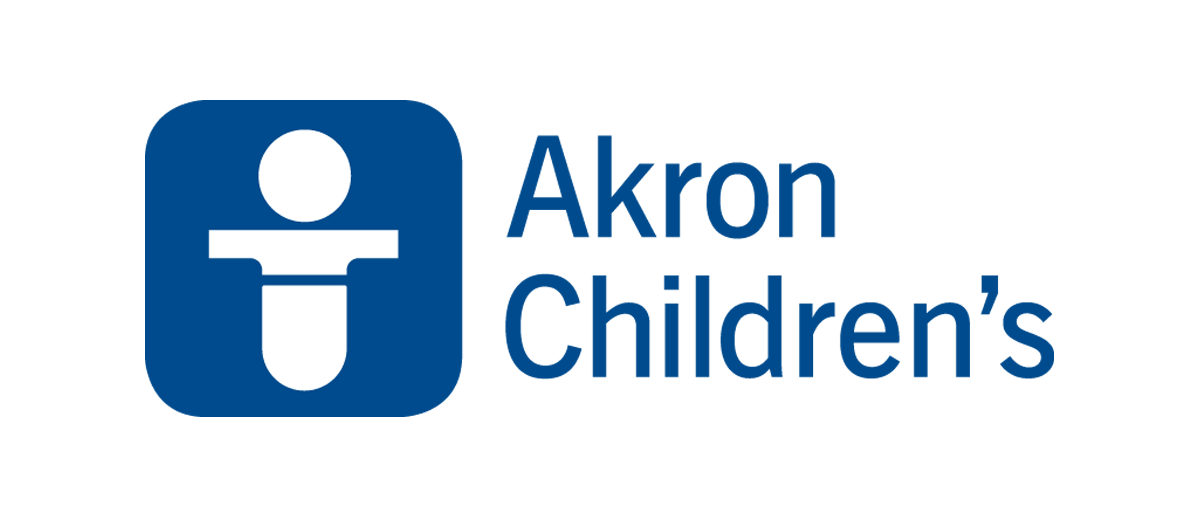Course Modules
Extra Information For Families
Breastfeeding and Safe Sleep
Breastfeeding has many health benefits for both mom and baby, including:
- Impact on infant health: reduced risk of SUID, infections, diseases, childhood cancer, diabetes, etc.
- Impact on maternal health: reduced risk of breast/ovarian cancer, heart disease, diabetes, postpartum depression, etc.
But there is an increased risk of unsafe sleep practices while breastfeeding a baby during those hard, tiring hours
Feeding and caring for infants throughout the night is especially difficult for caregivers. Staying focused on something positive will help distract you from the fact that you’re really tired. Here are a few strategies to help parents stay awake during those difficult hours:
- Sit in an uncomfortable, non-plush chair.
- Alert a support person to check-in on caregiver when up and feeding.
- Set an alarm for 10-15 minutes in case caregiver falls asleep.
- Scroll through social media.
- Reach out to a friend who might also be up feeding a little one.
- Connect with an online support group.
Do not use pacifiers with strings and toys attached while infant is sleeping.
Pacifiers may interfere with breastfeeding; therefore, a pacifier should be introduced once breastfeeding is well established. The AAP defines this as having sufficient milk supply; consistent, comfortable, and effective latch for milk transfer; and appropriate infant weight gain as defined by established normative growth curves. The time required to establish breastfeeding is variable.
It is recommended that infants be fed with human milk exclusively for at least 6 months, with continuation of human milk feeding for 2 years or longer as mutually desired by parent and infant, in alignment with recommendations of the American Academy of Pediatrics.
Vaccinations and SUID
Vaccination is one of the best ways parents can protect their children from 14 diseases before they reach the age of two.
Vaccines work with the body's natural defenses to help babies and children safely develop immunity to some serious diseases, and can reduce the risk of sudden unexplained infant death (SUID).
Akron Children's Hospital and the American Academy of Pediatrics (AAP) recommend vaccinations for infants' health and immunity to diseases. The link (below) provides a chart for when infants and children should be receiving their vaccines.
Child and Adolescent Immunization Schedule by Age | Vaccines & Immunizations | CDC
Please rotate your screen in landscape mode to play the game.
Please open your browser viewport to play the game.
There are 10 unsafe items in the following picture.
Click on all 10 to make the crib safe...
Correct!
Stuffed animals can be dangerous, a baby could roll over onto the stuffed animal covering their face and cause suffocation or a baby could become entangled in the object and cause strangulation, all stuffed animals should be removed from the sleep space. Do not place anything in the crib with baby besides a firm mattress and tight-fitted sheet.
Back is best! Babies who sleep on their backs breathe easier and are less likely to suffocate or choke. Place your baby on their back to sleep for the first year of life.
Blankets are dangerous, a baby could cover their face or roll over onto blanket causing suffocation or strangulation. Do not place anything in the crib with baby besides a firm mattress and tight-fitted sheet. Consider using a "sleep sack" instead of blankets to keep your baby warm. Remember to dress the baby not the bed.
Bumper pads are dangerous due to suffocation, baby may position themselves against the pads and be unable to move or become trapped between the mattress and bumper pads. Do not place anything in the crib with baby besides a firm mattress and tight-fitted sheet.
Space heaters are dangerous due to fire hazard; they can also make the room too warm. The ideal room temperature for babies to sleep is between 68 and 72 degrees. Do not place crib/portable near any heating source such as a space heater, a fireplace, or a heat vent.
Loose curtains and cords from window blinds are dangerous and create a risk for strangulation. Do not place crib/portable crib near windows, blinds, or loose curtains.
Babies are curious and could easily grab and ingest the pills next to the crib. All medications should be place out of sight and out of reach of all children. Do not place pills or medications near a crib/portable crib due to poisoning and/or choking hazards.
Pillows can be dangerous due to suffocation, a baby could turn or roll over and their face could be covered by the pillow causing suffocation. A pillow should never be used for a baby as a positioner and should never be in a crib. Do not place anything in the crib with baby besides a firm mattress and tight-fitted sheet. To decrease risk of baby developing plagiocephaly, or "flat head," practice supervised tummy time while baby is awake.
Bottles, especially when filled, are dangerous due to choking, suffocation and asphyxiation. Babies should always be supervised during feedings. Do not place anything in the crib with baby besides a firm mattress and tight-fitted sheet.
Outlets are dangerous due to fire hazard and electrocution. Do not place crib/portable crib near outlets to prevent an older infant from playing with or putting something into the outlet.
Congratulations!
The crib is now safe.
items left
Know someone that might learn something from this site?
Home | About Safe Sleep Academy | Community Health Workers & Home Visitors | Families & Caregivers | Physicians & Health Care Professionals
© Safe Sleep Academy 2020-2024




